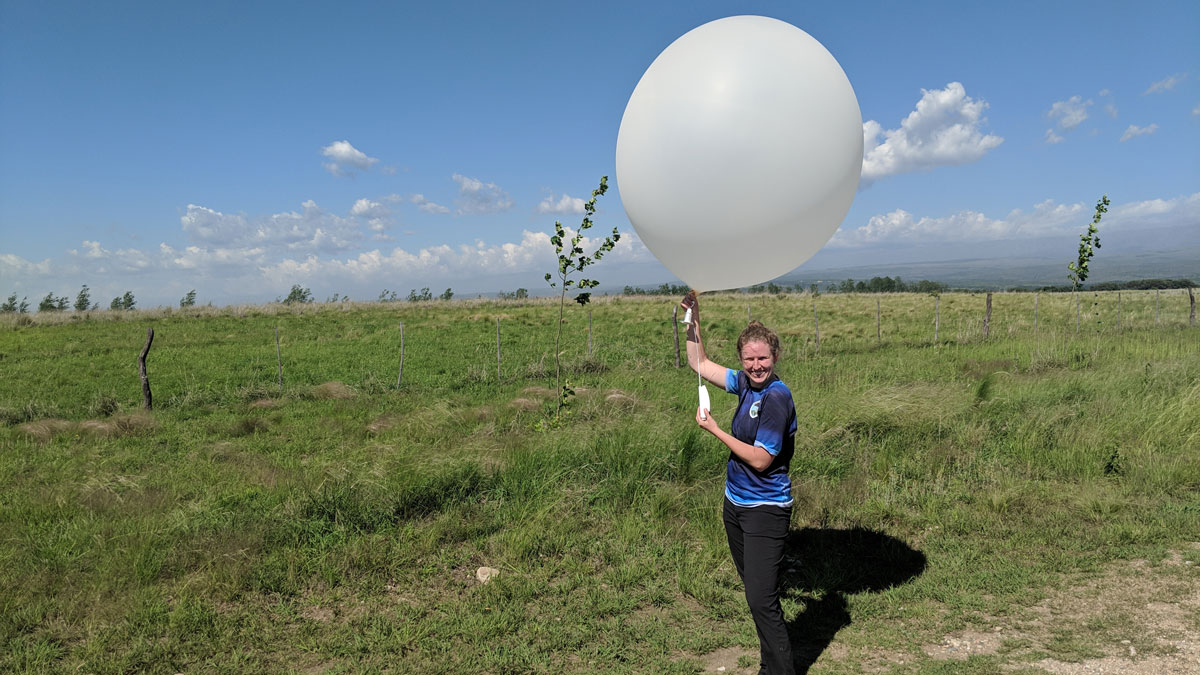Stacey Hitchcock remembers being terrified of storms as a child. (It didn’t help that her neighbor’s house was struck by lightning three times.) But today she is an atmospheric scientist studying extreme weather at the University of Oklahoma in Norman.
Hitchcock’s younger self conquered her fears of the weather by asking lots of questions. “I remember at some point asking my dad to explain radar to me,” she said.
Hitchcock first learned that studying the weather could be a profession when she took a tour of a university in Indiana while visiting to play in a tennis tournament. “I didn’t know it was a career,” she said.
As an undergraduate, Hitchcock helped with research on climate and snow. But extreme weather was always her passion. “I kept coming back to storms,” she said. And she pushed on when she encountered adversity. Some of her classmates said she wouldn’t make it professionally as an atmospheric scientist, but Hitchcock knew she was doing good work.
“If you feel like you’re succeeding, don’t let naysayers tell you that you’re not.”
“If you feel like you’re succeeding, don’t let naysayers tell you that you’re not,” she said. “That’s advice that I try to give to students.”
Hitchcock uses both observations and simulations in her research. She is working to better understand the structure of storms that produce intense rainfall and the challenges of forecasting multiple storms that occur in close succession. She credits her wide-ranging research interests to her willingness to try out projects and develop new collaborations.
“A lot of the best things that have happened to me in my career happened because I had an interesting opportunity and I said yes,” she said.
For instance, Hitchcock spent 4.5 years in Australia as a postdoctoral researcher.
The professional connections she made abroad led to investigations of how turbulence in the atmosphere caused by storms translates into bumpy flights. Hitchcock is still involved in that field.
It’s a somewhat fitting line of work, Hitchcock admits, because she used to be a queasy flyer.
—Katherine Kornei (@KatherineKornei), Science Writer
This profile is part of a special series in our August 2025 issue on science careers.


